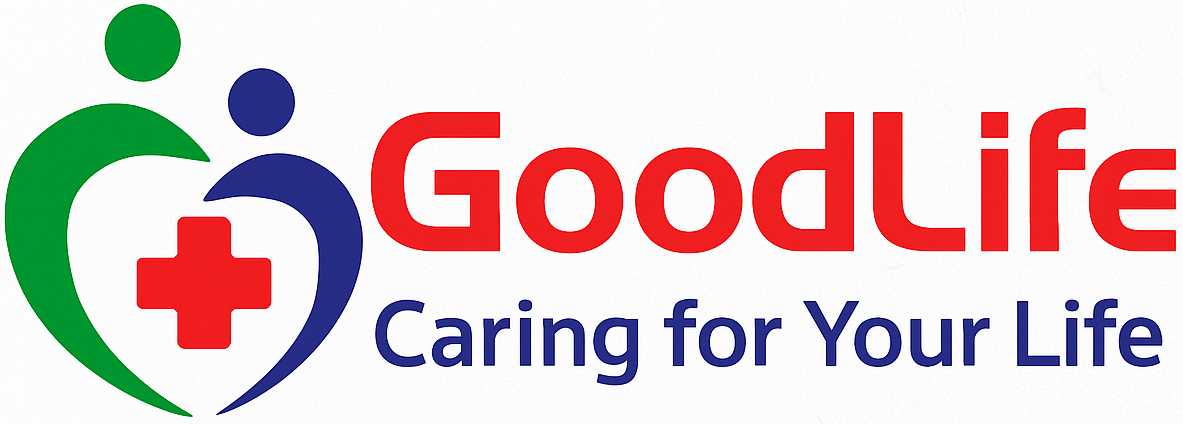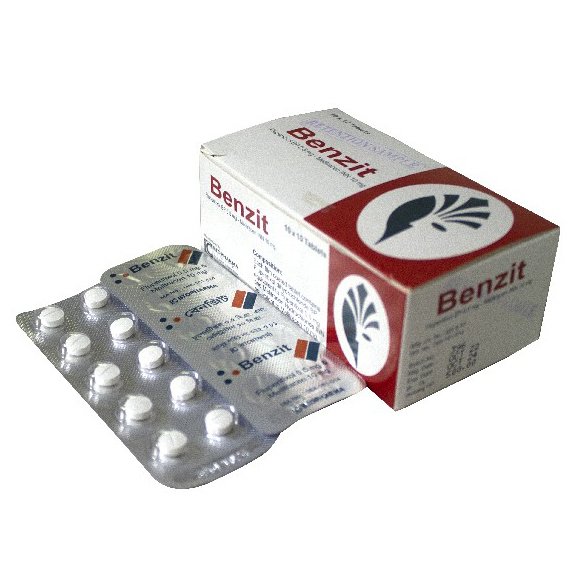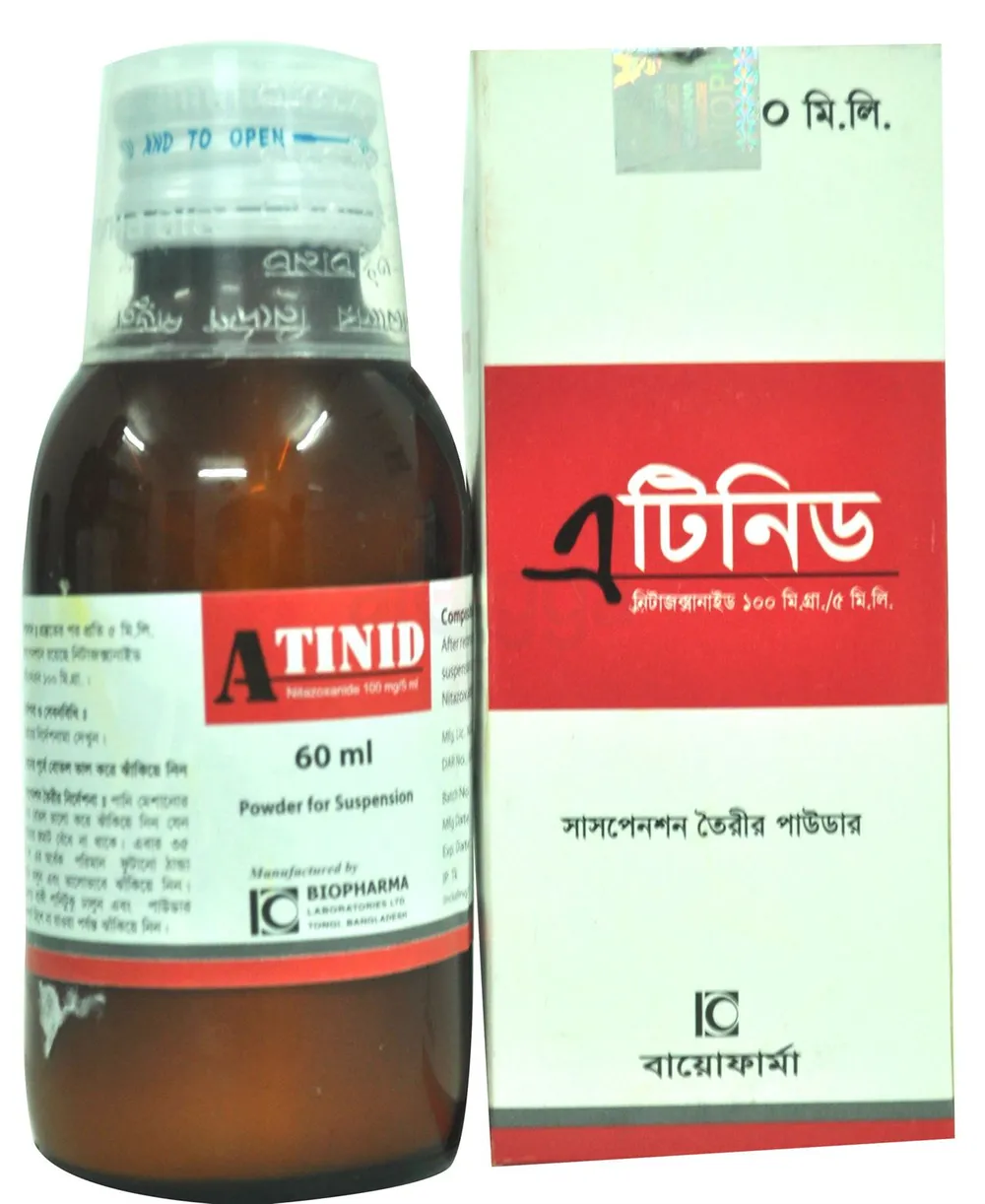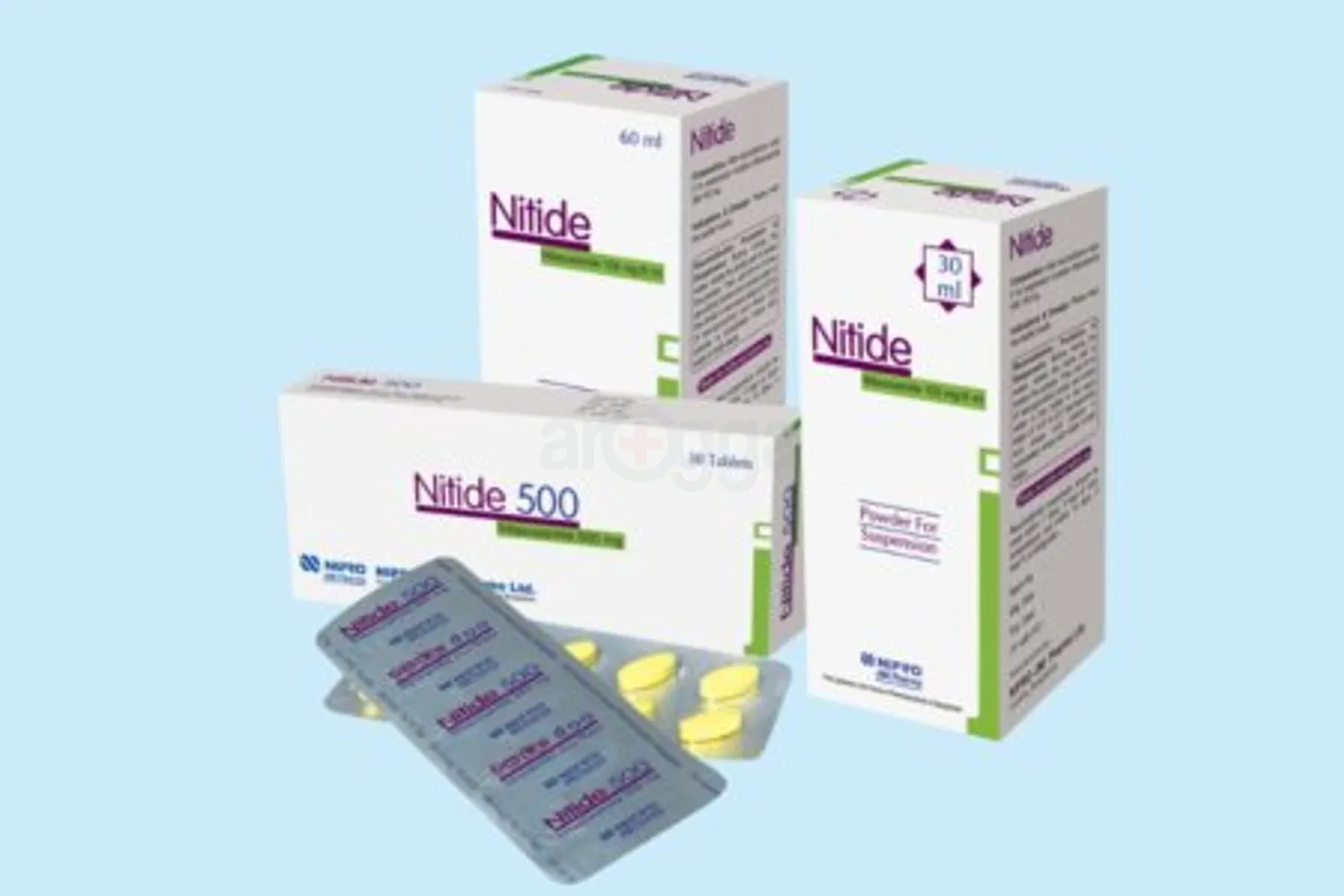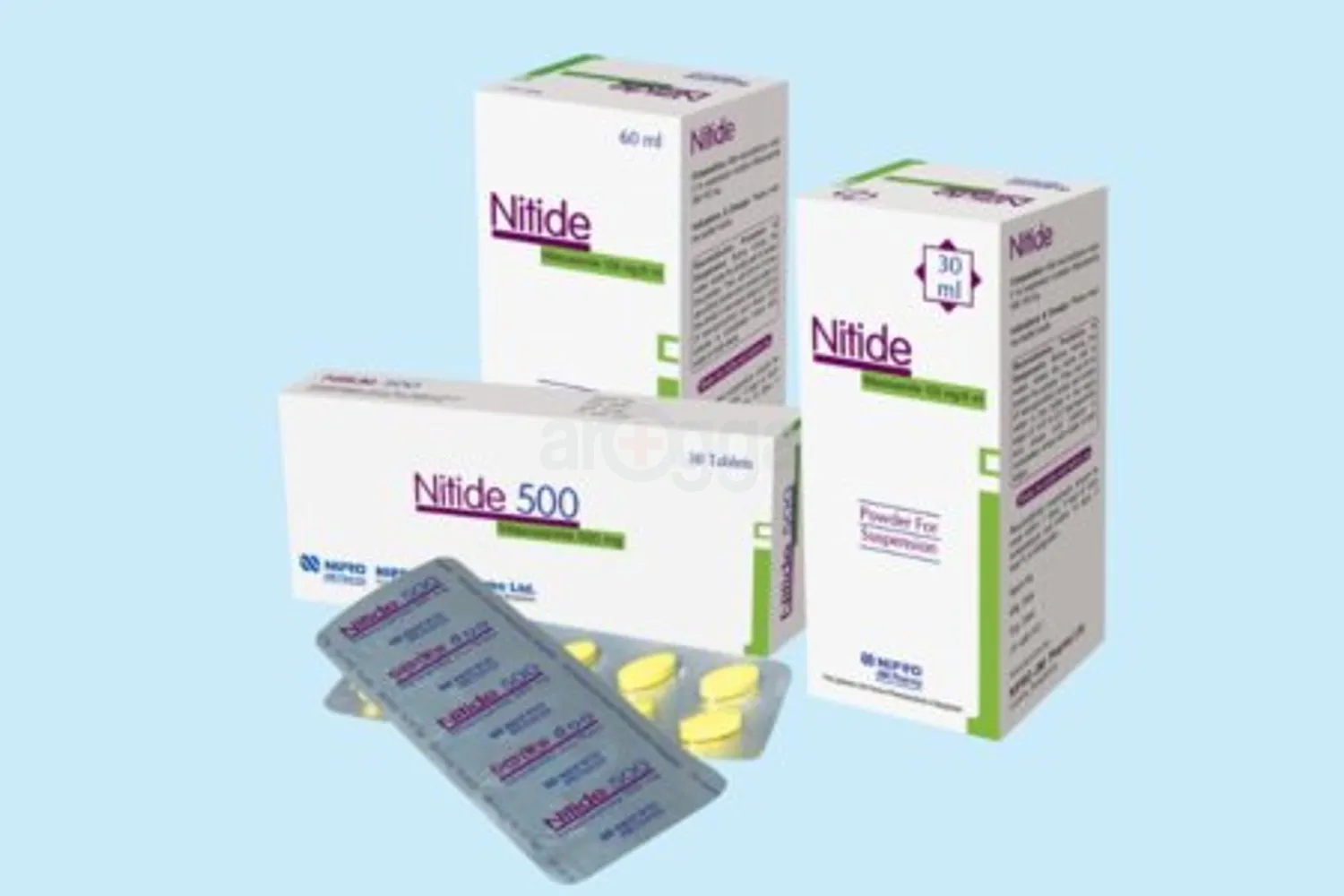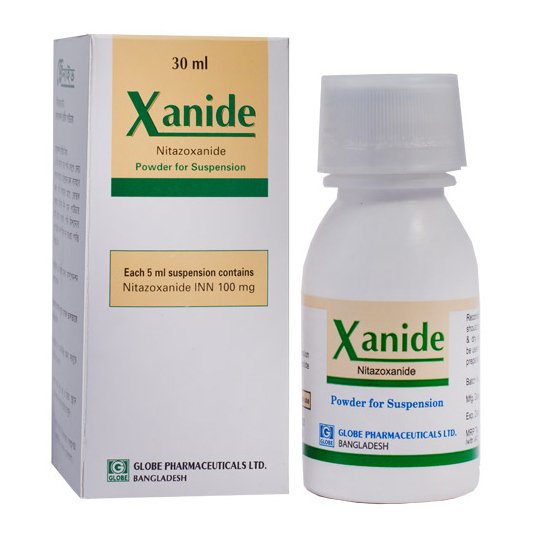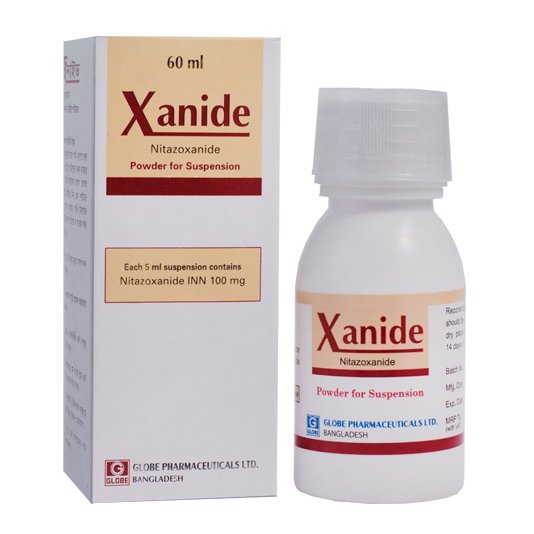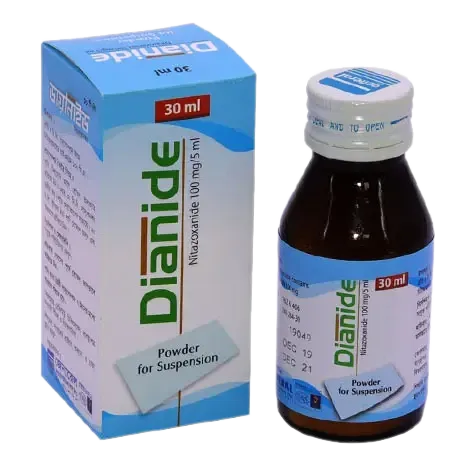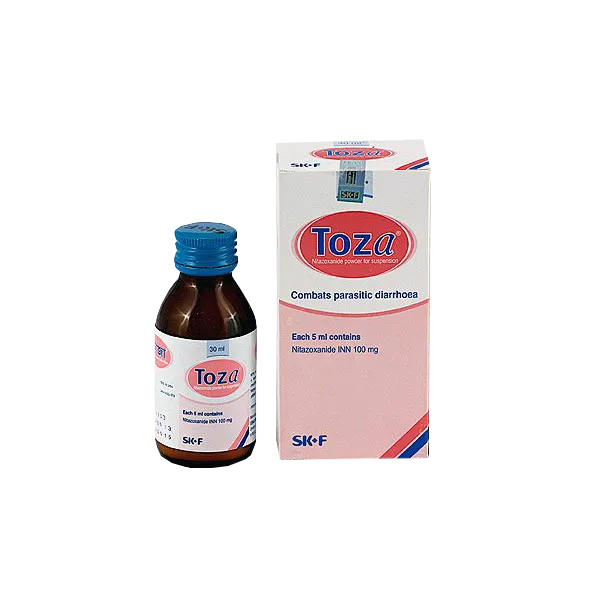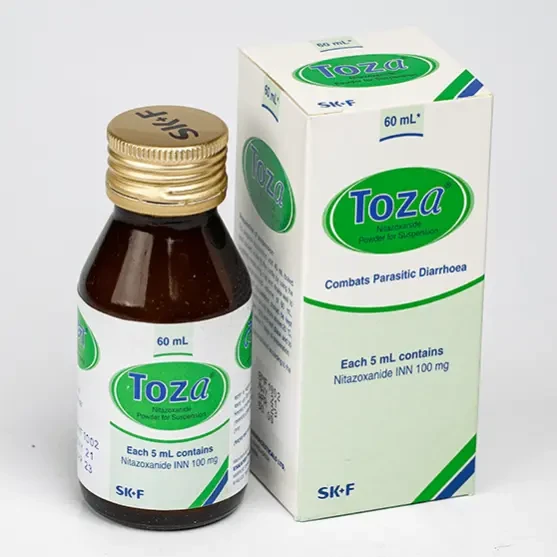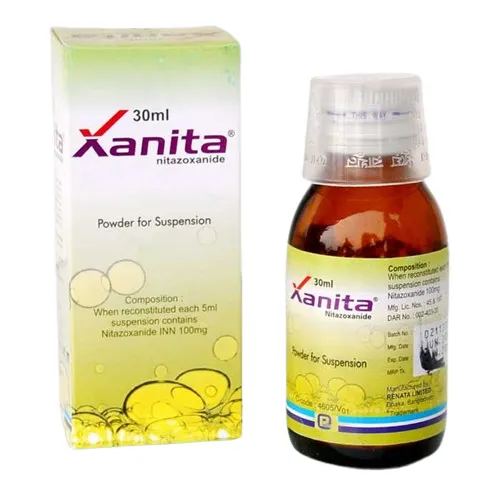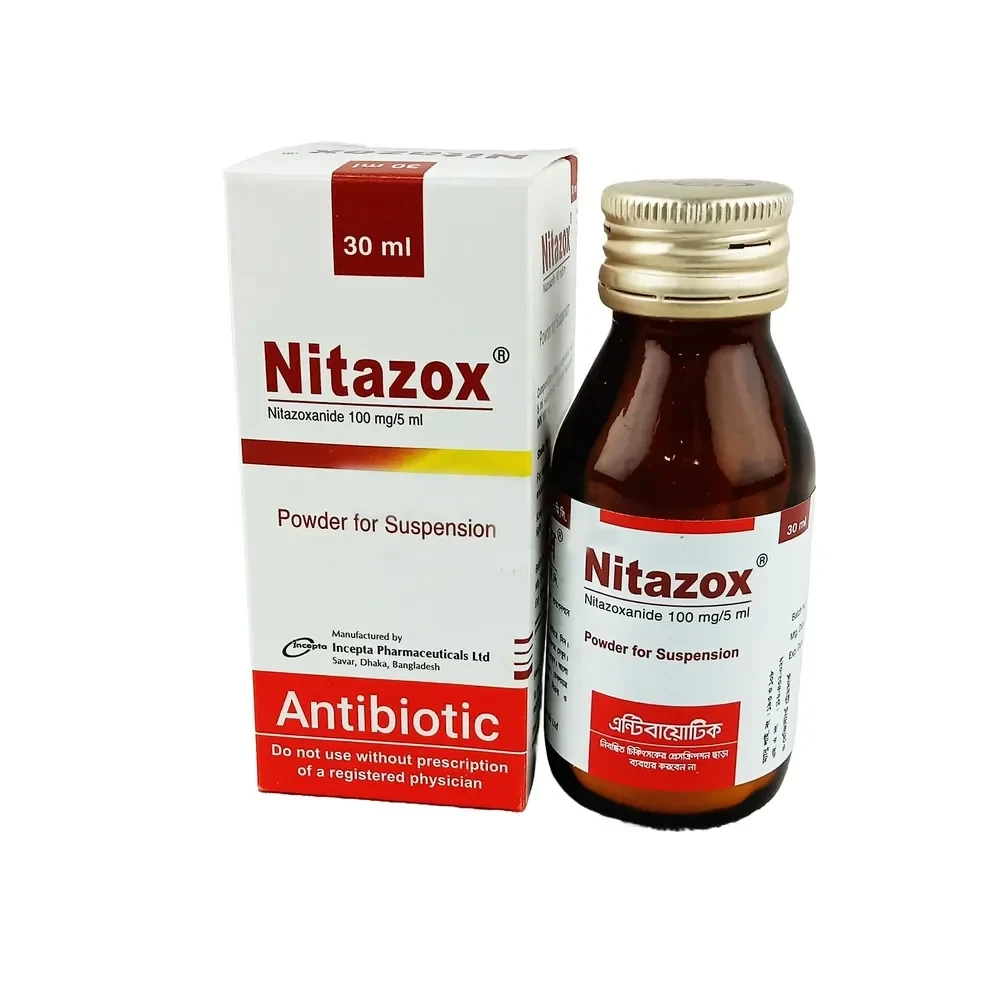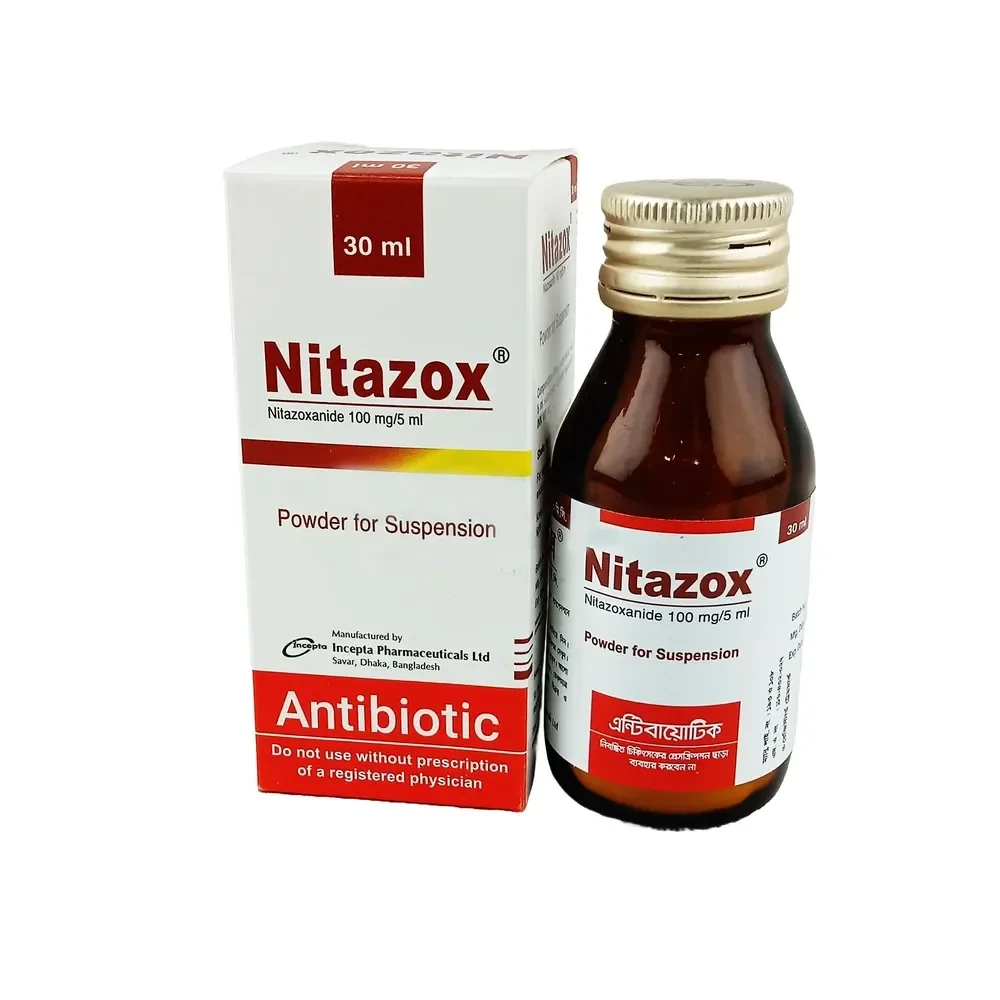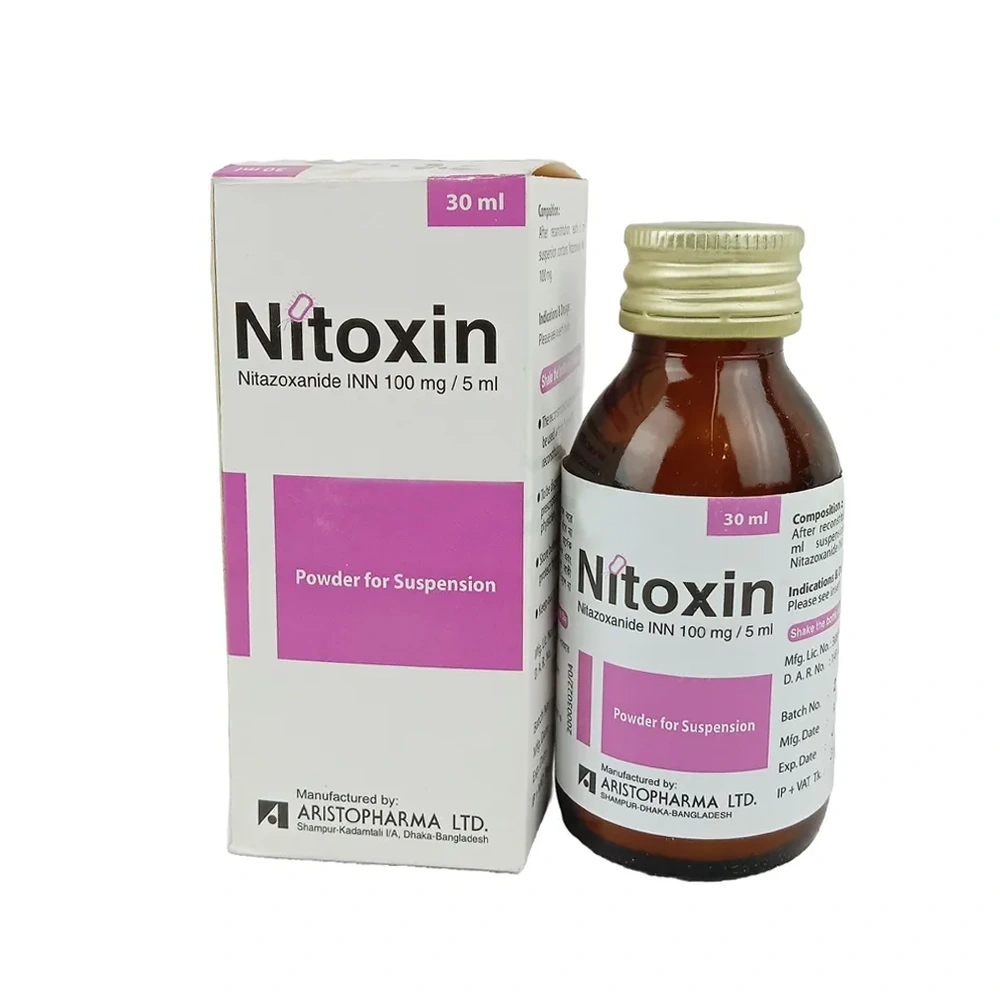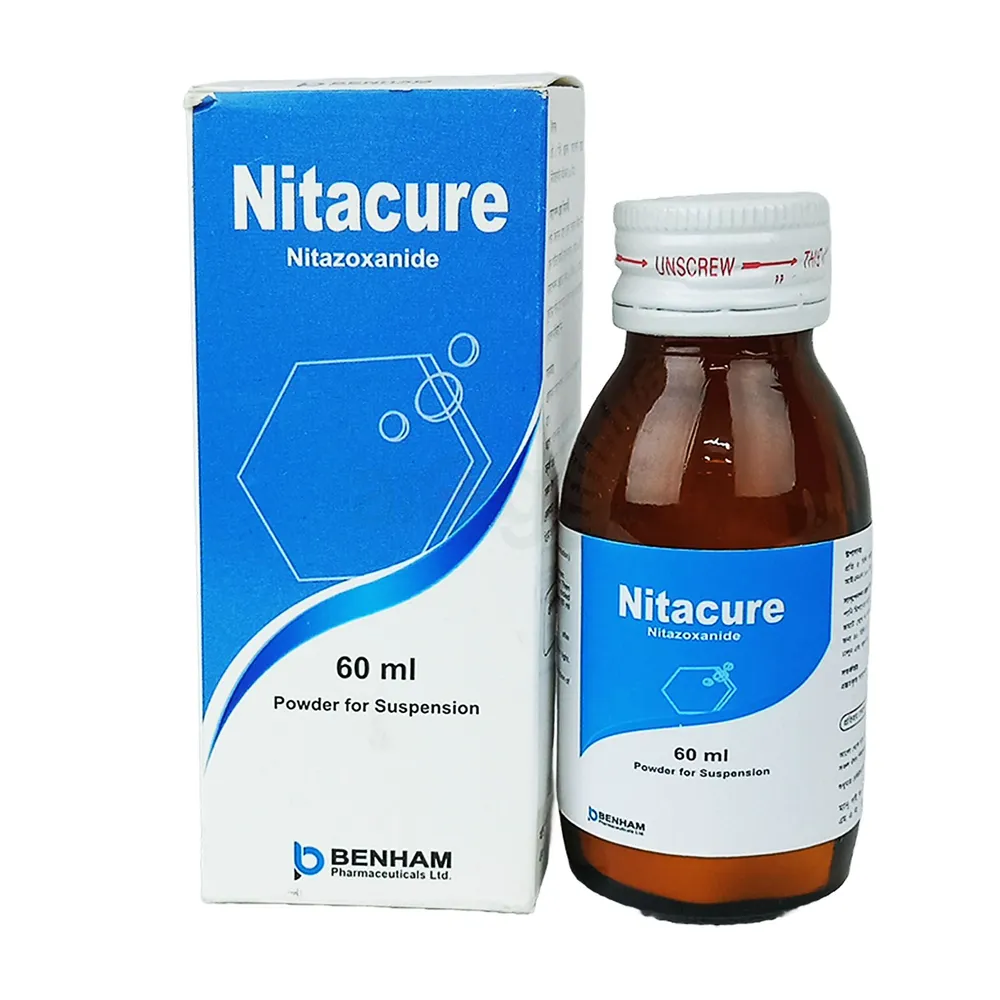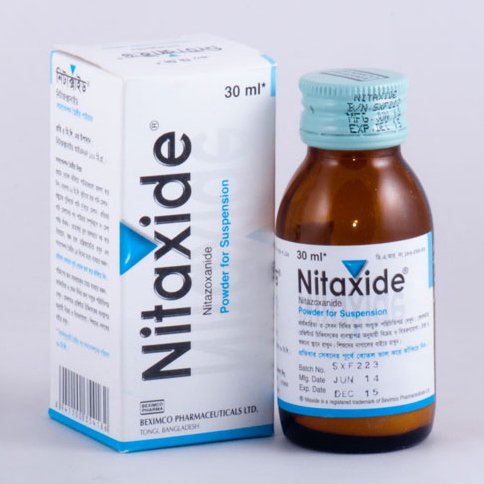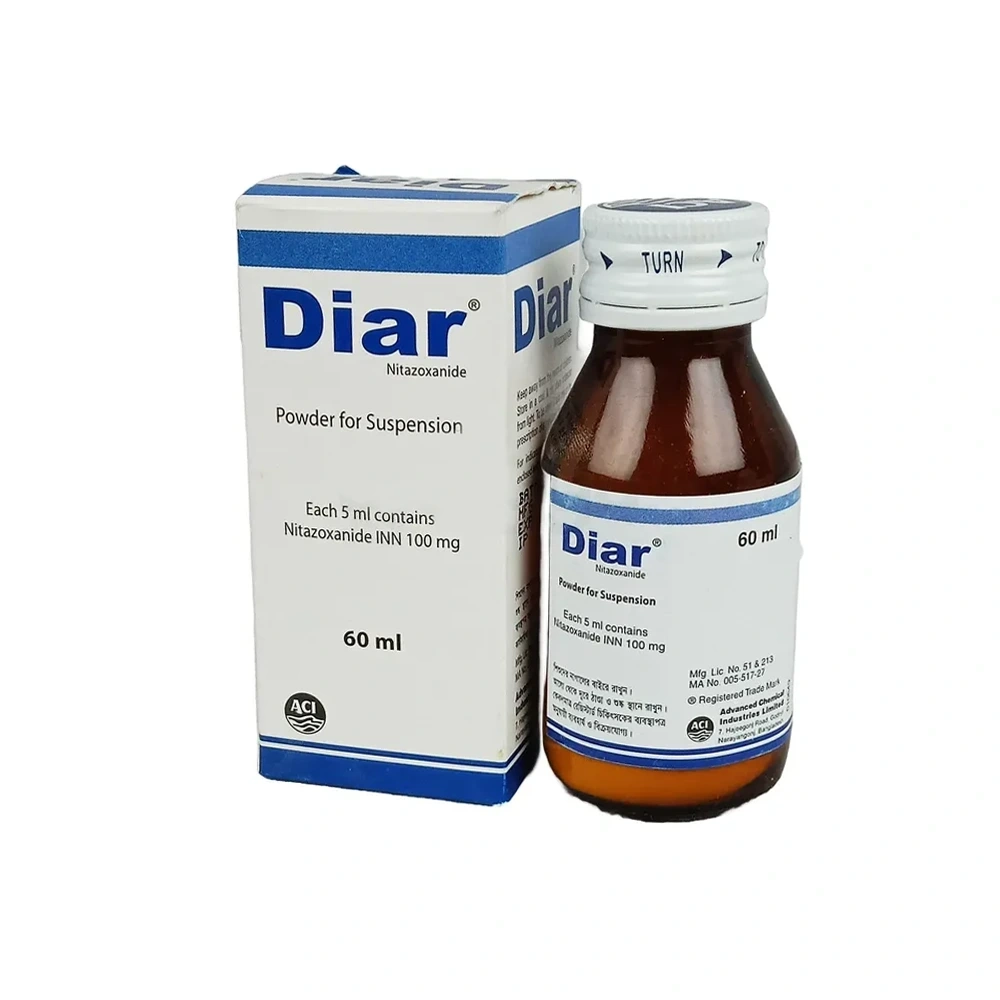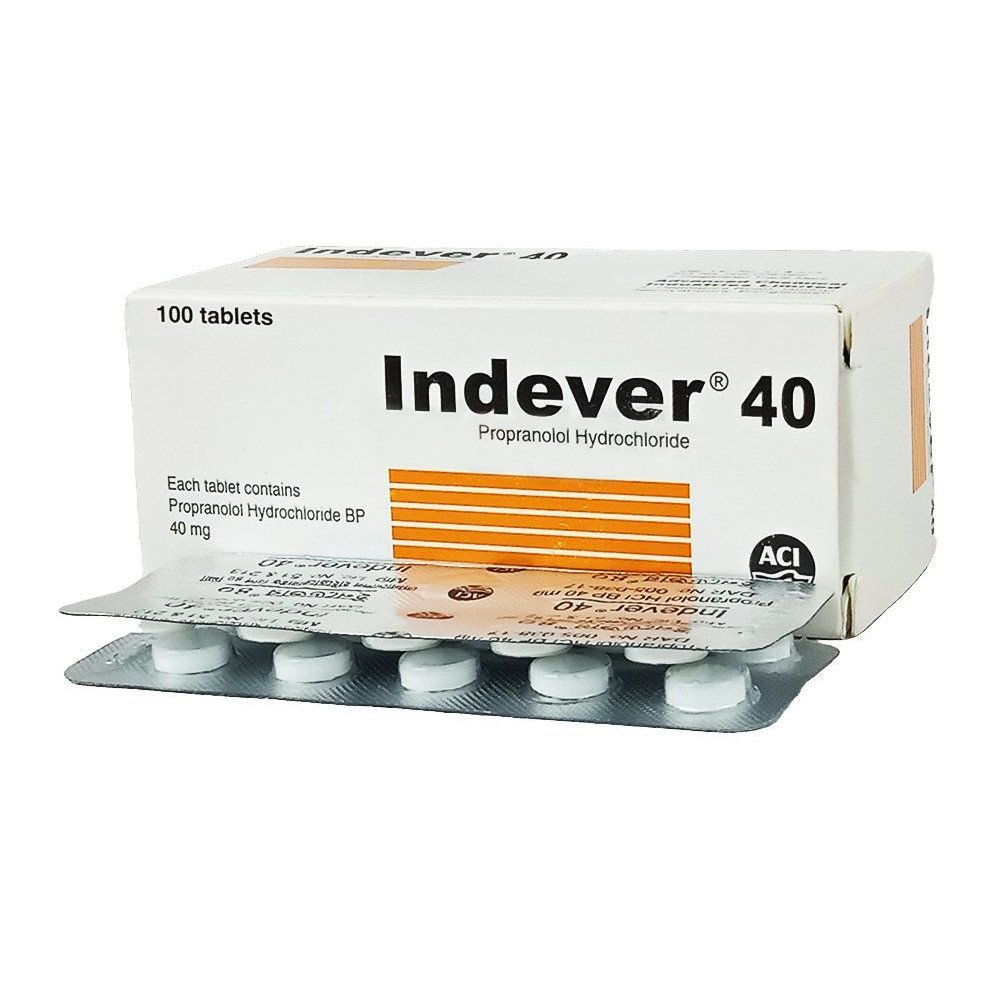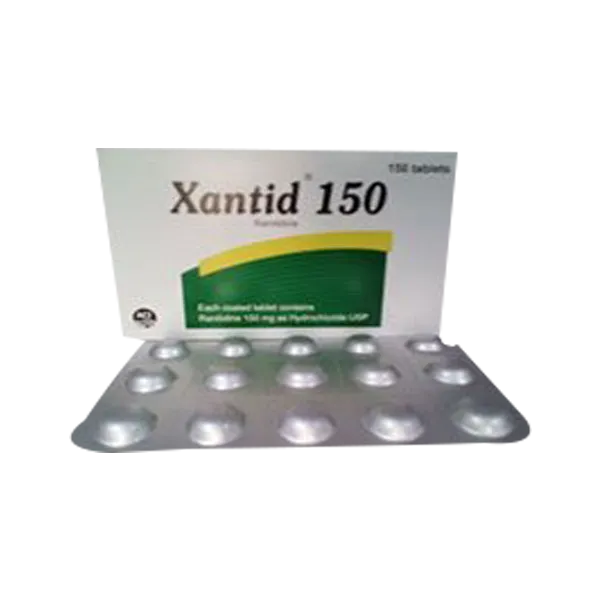Medicine Overview of Atinid 100mg/5ml Powder for Suspension
Atinid is an antiparasitic medication, used in the treatment of diarrhea and worm infections. It inhibits the growth of the parasite and thus treats your infection.
Atinid should be used in the dose and duration as advised by your doctor. It should be taken with food, preferably at a fixed time. Avoid skipping any doses and finish the full course of treatment even if you feel better. Do not take a double dose to make up for a missed dose. Simply take the next dose as planned.
Some people may experience headache, nausea, fever, hair loss and vomiting as the side effects of this medicine. Please consult your doctor if these do not resolve or persist for a longer duration. You may be monitored with blood tests and liver function tests throughout your treatment.
- Diarrhea
- Worm infections
- Headache
- Nausea
- Fever
- Hair loss
- Vomiting
- Abnormal liver function tests
- Dizziness
- Abdominal pain
- Vertigo
-
You have been prescribed Atinid to treat a variety of parasitic worm infections.
-
It should be taken with food.
-
If you are unable to swallow the whole tablet, it may be crushed or chewed and swallowed with a full glass of water.
-
It can be harmful to an unborn baby. Do not take it during pregnancy or breastfeeding. Use birth control measures to prevent pregnancy while taking Atinid.
-
Your doctor may monitor your blood counts and liver function before you start taking this medicine and regularly throughout your treatment.
-
Avoid being near people who are sick or have infections. Inform your doctor if you develop signs of infection.
-
Do not skip doses and finish the prescribed course, even if you start to feel better. Stopping it early may increase your risk of further infection.
Oral
Giardiasis; Cryptosporidiosis
Adult: 500 mg every 12 hr for 3 days.
Oral
Giardiasis; Cryptosporidiosis
Child:
1-3 yr: 100 mg(5 ml) every 12 hr;
4-11 yr: 200 mg(10ml) every 12 hr;
>12 yr: 500 mg every 12 hr.
All doses to be taken for 3 days.
Renal and hepatic impairment. Pregnancy and lactation. Children <1 yr.
1-10%
Headache (1%),Abdominal pain (8%),Diarrhea (2%),Nausea (3%),Chromaturia (2%),Vomiting (1%)
<1%
Increased ALT,Anorexia,Appetite increased,Creatinine increased,Diaphoresis,Dizziness,Eye discoloration (pale yellow),Fever,Flatulence,Infection,Malaise,Pruritus,Thinitis,Salivary glands enlarged,Urine discoloration
